The driving force of the
oil and water separation membrane of the inorganic ceramic membrane is mainly a pressure difference, a partial pressure difference, a concentration difference, a potential difference, and the like. Selectivity and flux are important technical indicators of membrane separation. Flux refers to the amount of material per unit membrane area per unit time. Flux and selectivity are often contradictory during membrane separation. The membranes expected by the engineering community are membranes with high throughput and high selectivity at the same time. When it is necessary to remove a polymer, a particle, a low molecular solute or the like from a fluid, the usual removal rate indicates selectivity.
The membrane separation mechanism of microfiltration membranes and ultrafiltration membranes commonly used for
oil and water separation is generally based on the screening principle, and the separation of oil particles mainly depends on the pore size of the membrane. However, in fact, the deformation of the oil particles under pressure and the adsorption, charge and other factors cause large diameter oil particles to pass through the small membrane pores. This phenomenon should be explained by the principle of membrane phase separation. Membrane phase separation technology has recently developed rapidly, which utilizes the lipophilicity or hydrophilicity of a porous film (phase separation membrane) to separate the organic phase (oil phase) from the aqueous phase in a liquid-liquid dispersion system. When the two liquids are incompatible with each other and have a certain difference in the affinity of the same phase separation membrane, under certain hydraulic and external forces, a liquid must form a pure liquid layer of a certain thickness on the surface of the membrane. A concentration of a liquid in the pure liquid layer forms a gradient. Under the condition of phase separation, the phase separation ability has a certain relationship with the purity of the phase separation liquid. The smaller the phase separation capability is, and the higher the concentration of the production fluid is.
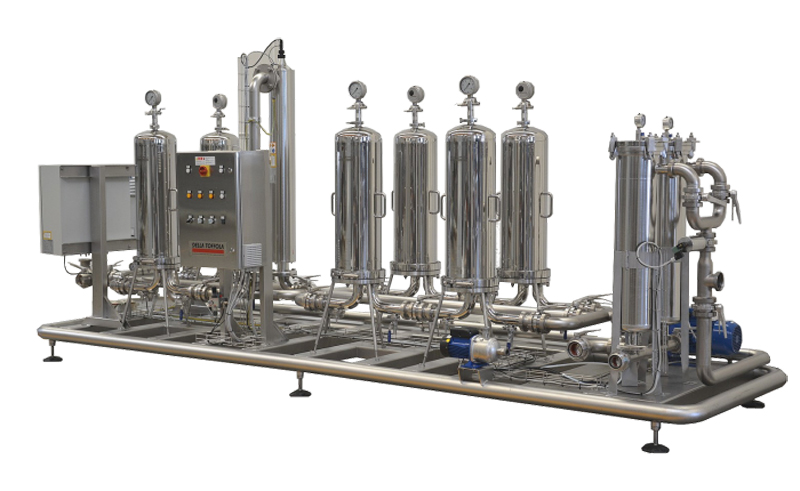
Membrane phase separation technology has the advantages of normal temperature operation, no phase change, no impurity addition, energy saving, etc. The biggest problem faced is that membrane fouling needs to be solved. Both the screening principle and the membrane phase separation principle cannot fully express the mass transfer process of the membrane during the actual separation process. The mass transfer mechanism of the membrane is generally considered to consist of two parts: mass transfer in the membrane and mass transfer on the membrane surface. For oil-water emulsions, the mass transfer in the membrane is in line with the screening principle of the pore model. Ultrafiltration and microfiltration are basically typical of the screening-filtration process. When the concentration polarization is not considered, the flow of fluid through the pores of the membrane is considered to be a laminar flow within the capillary. In fact, membrane separation is affected by surface concentration polarization and gel layer formation.
 Application Of Ceramic Membranes In Wine Industry And Its Application Prospects
01 Feb 2019
Application Of Ceramic Membranes In Wine Industry And Its Application Prospects
01 Feb 2019
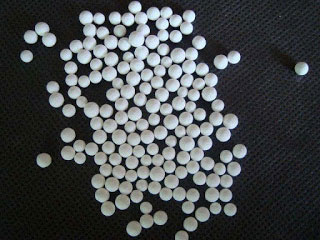 Ceramic Membrane For Traditional Chinese Medicine Production And Plant Extraction
05 Feb 2019
Ceramic Membrane For Traditional Chinese Medicine Production And Plant Extraction
05 Feb 2019
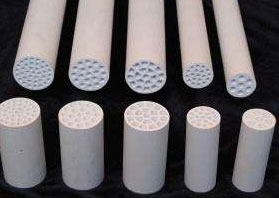 Application Of Ceramic Membrane Equipment In Transformer Oil And Gas Separation
12 Feb 2019
Application Of Ceramic Membrane Equipment In Transformer Oil And Gas Separation
12 Feb 2019
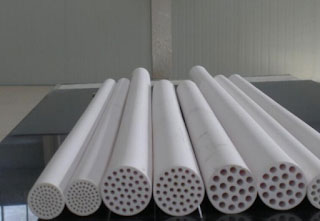 Ceramic Membranes Are Used In The Automotive Field Due To Their Good Performance
27 Jan 2019
Ceramic Membranes Are Used In The Automotive Field Due To Their Good Performance
27 Jan 2019


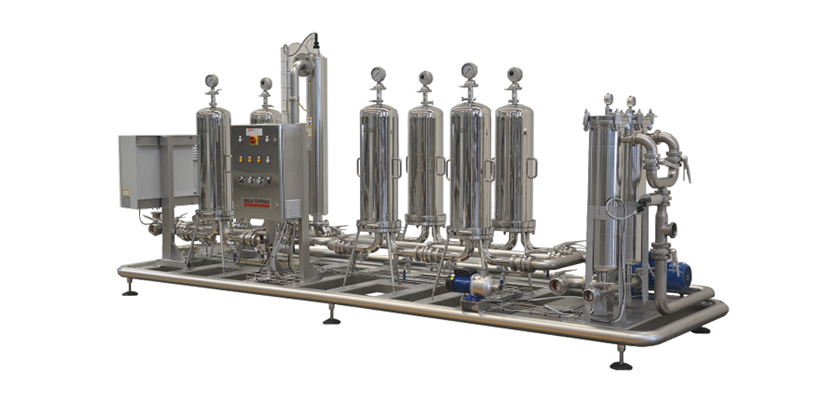
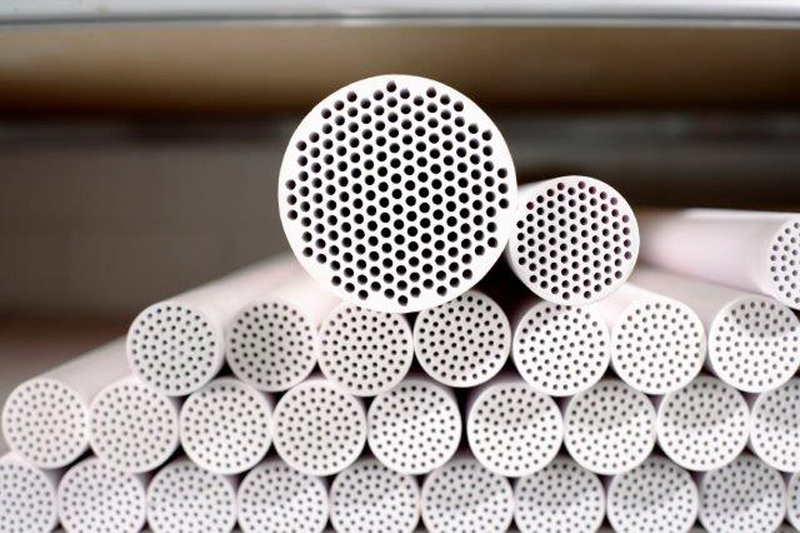

 +86-25-58849045
+86-25-58849045 
 No. 9 Yuansi Road, Pukou, Nanjing, Jiangsu, China 211808
No. 9 Yuansi Road, Pukou, Nanjing, Jiangsu, China 211808